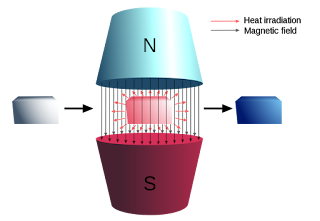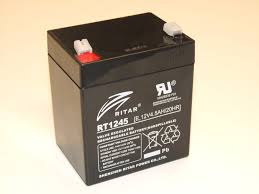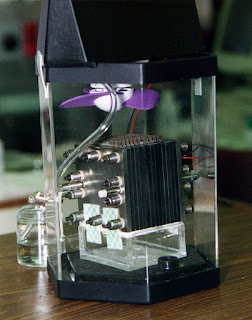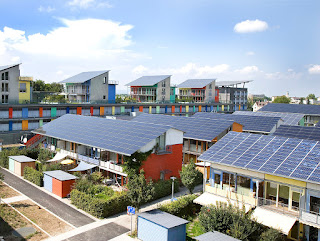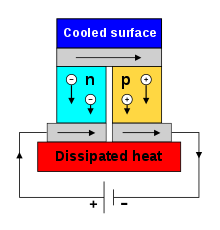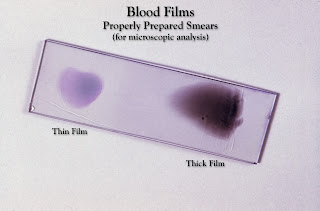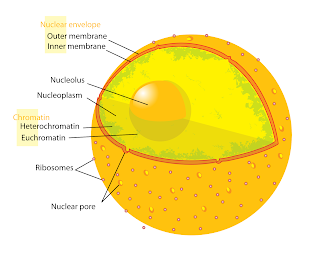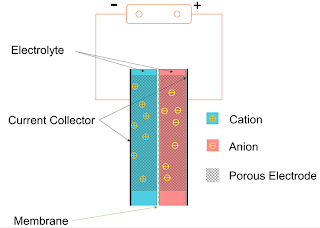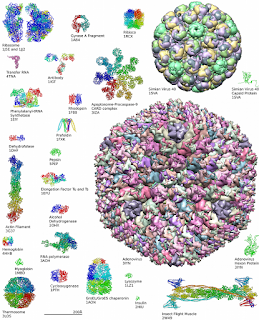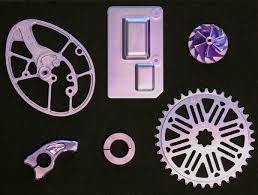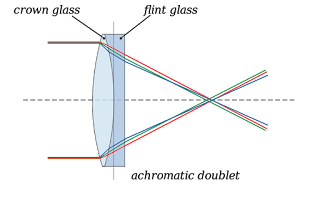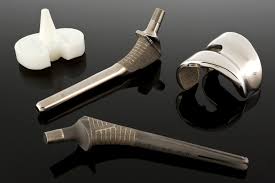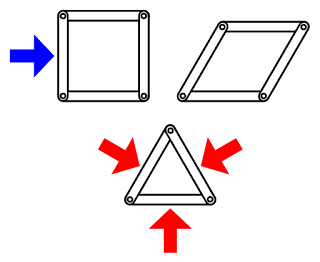Submit your abstract under the session Magnetocalorics for Material Science Congress.
Magnetic refrigeration is a cooling technology based on the magnetocaloric effect. This technique can be used to attain extremely low temperatures, as well as the ranges used in common refrigerators.
For more: http://www.globalepisteme.org/Conference/material-science-conference
To register: http://globalepisteme.org/Conference/material-science-conference/registration
Submit your abstract: http://globalepisteme.org/Conference/material-science-conference/submitabstract
Magnetic refrigeration is a cooling technology based on the magnetocaloric effect. This technique can be used to attain extremely low temperatures, as well as the ranges used in common refrigerators.
For more: http://www.globalepisteme.org/Conference/material-science-conference
To register: http://globalepisteme.org/Conference/material-science-conference/registration
Submit your abstract: http://globalepisteme.org/Conference/material-science-conference/submitabstract
